
Sentinel EO-based Emission and Deposition Service

Satellite based high-resolution emissions and depositions products
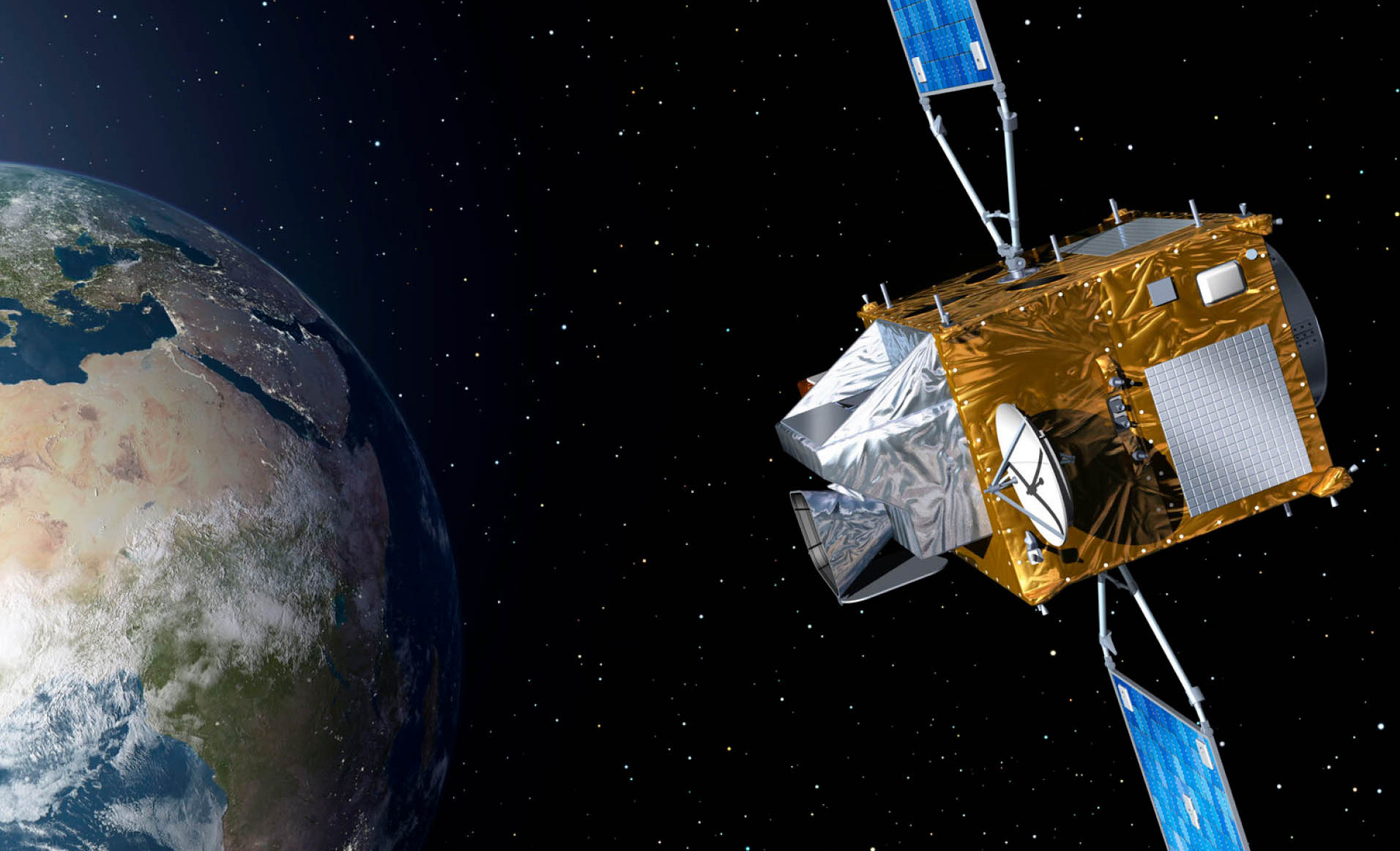
SEEDS develops a new service of air pollutant emissions and depositions products. It is to demonstrate that enhanced satellite data use in emissions and depositions will not only improve the quality of the existing Copernicus Atmospheric Monitoring Service (CAMS) products but will also enable new products and methods for increased stakeholder uptake.
SEEDS uses satellite data, innovative inverse modelling and machine learning approaches to integrate data from the current Copernicus services and delivers cutting edge up-to-date estimates of surface pollutant fluxes.
- The new SEEDS products are emissions and depositions of key pollutants: nitrogen oxides (NOx), ammonia (NH₃), biomass burning, ozone (O₃) and biogenic volatile organic compounds (VOCs).
- The new SEEDS methods include an advanced data assimilation algorithm (4DEnVar) to improve air quality forecasts and prepare the way for better exploitation of the hourly data from Sentinel 4.
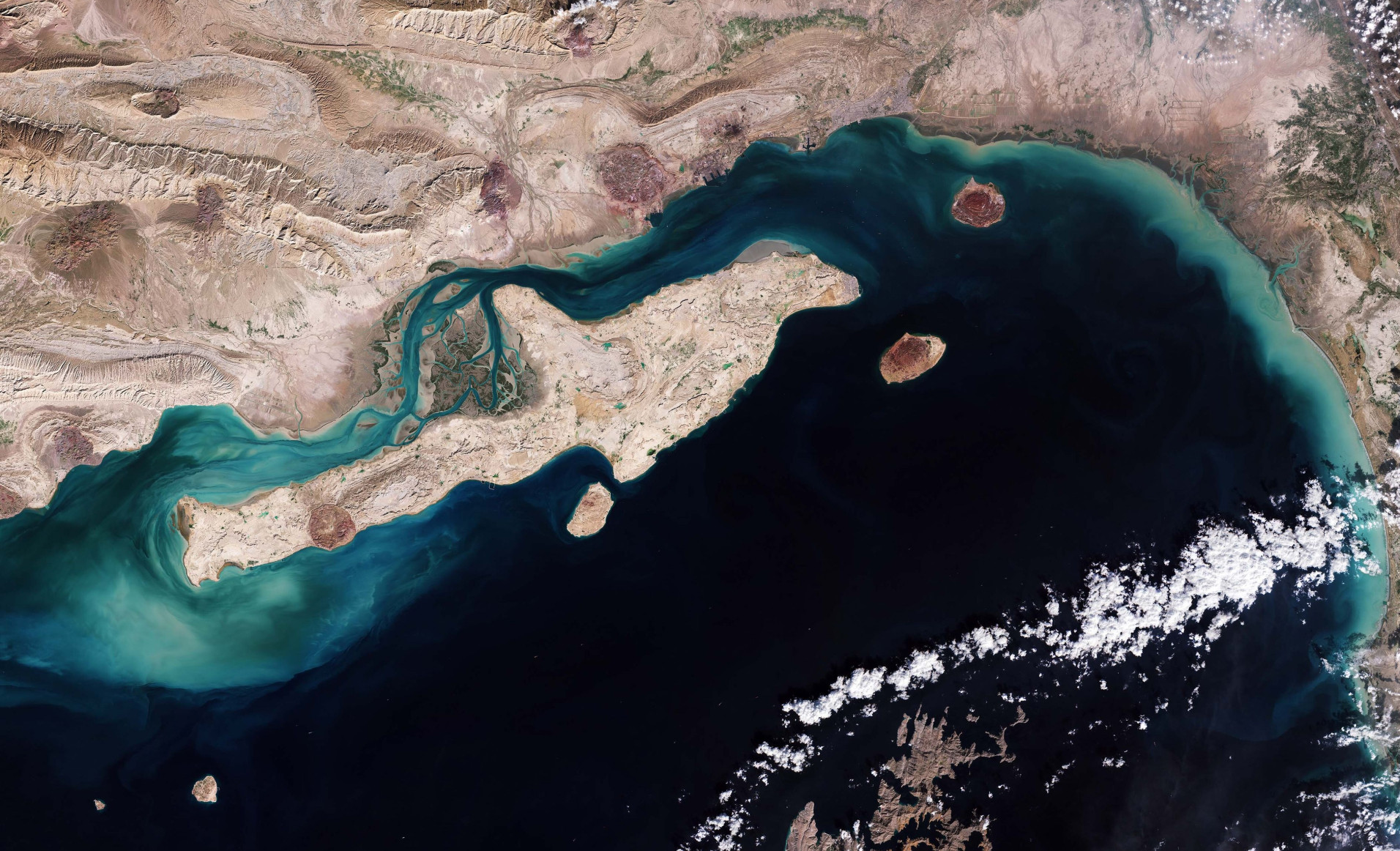
Explore the possibilities

Agriculture and forestry
SEEDS products on soil moisture and leaf area index can support environmental management practices in precision agriculture while the SEEDS deposition products for ozone and nitrogen can inform control options for eutrophication and crop yield damage.

Urban planning
SEEDS products for urban planning include both anthropogenic and biogenic emissions products as well as improved air pollution forecast of NOx, ozone and PM that can support local administrations in cities develop sustainable zero-pollution city plans.
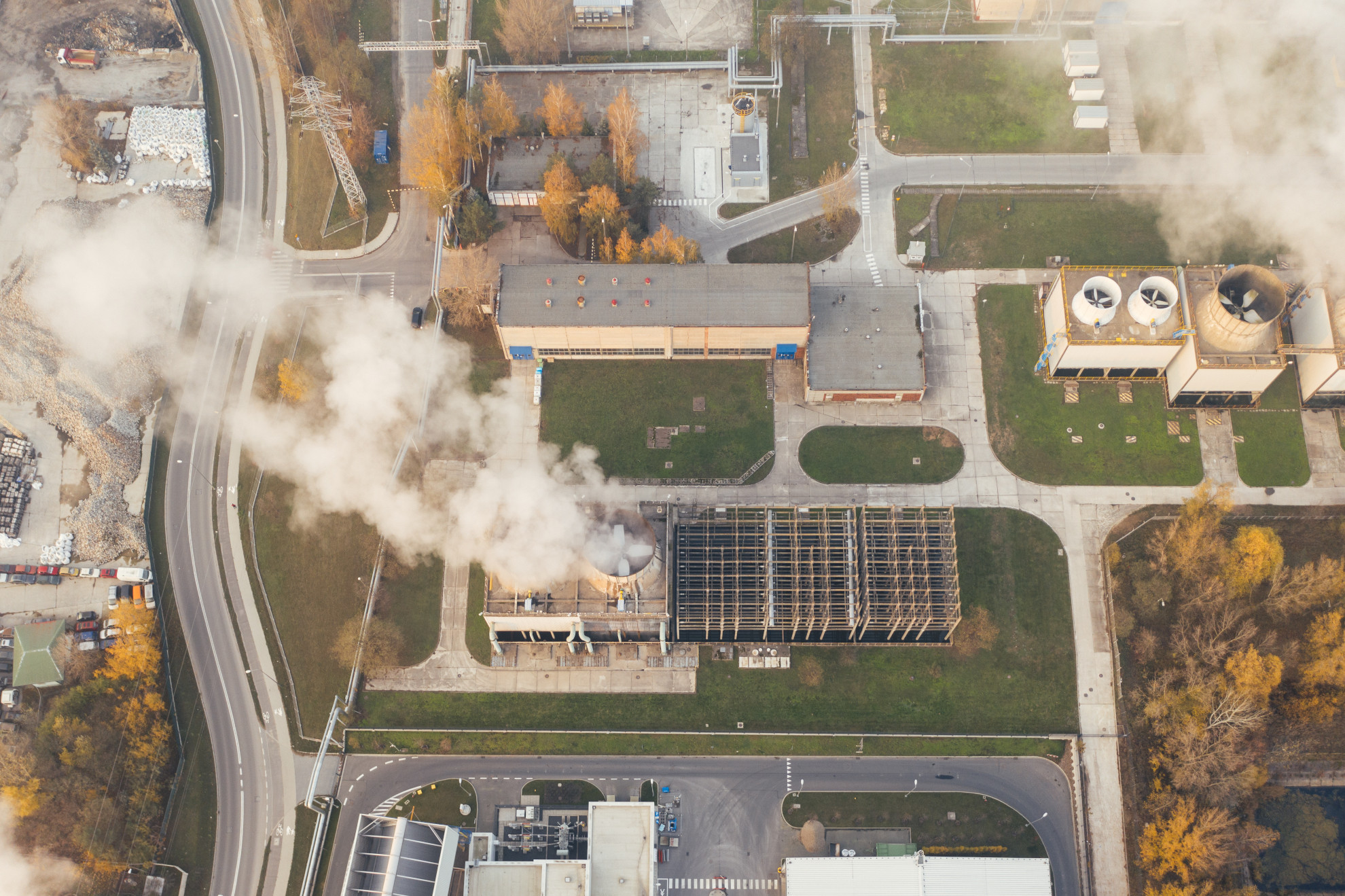
Industry
SEEDS anthropogenic emission products can be used by industry (metallurgy, cement, energy, oil and gas production sectors) as independent and scientifically sound data to validate monthly emissions from space.

Emissions
Anthropogenic emissions of nitrogen dioxide (NOx) and ammonia (NH3) as well as biomass burning emissions.
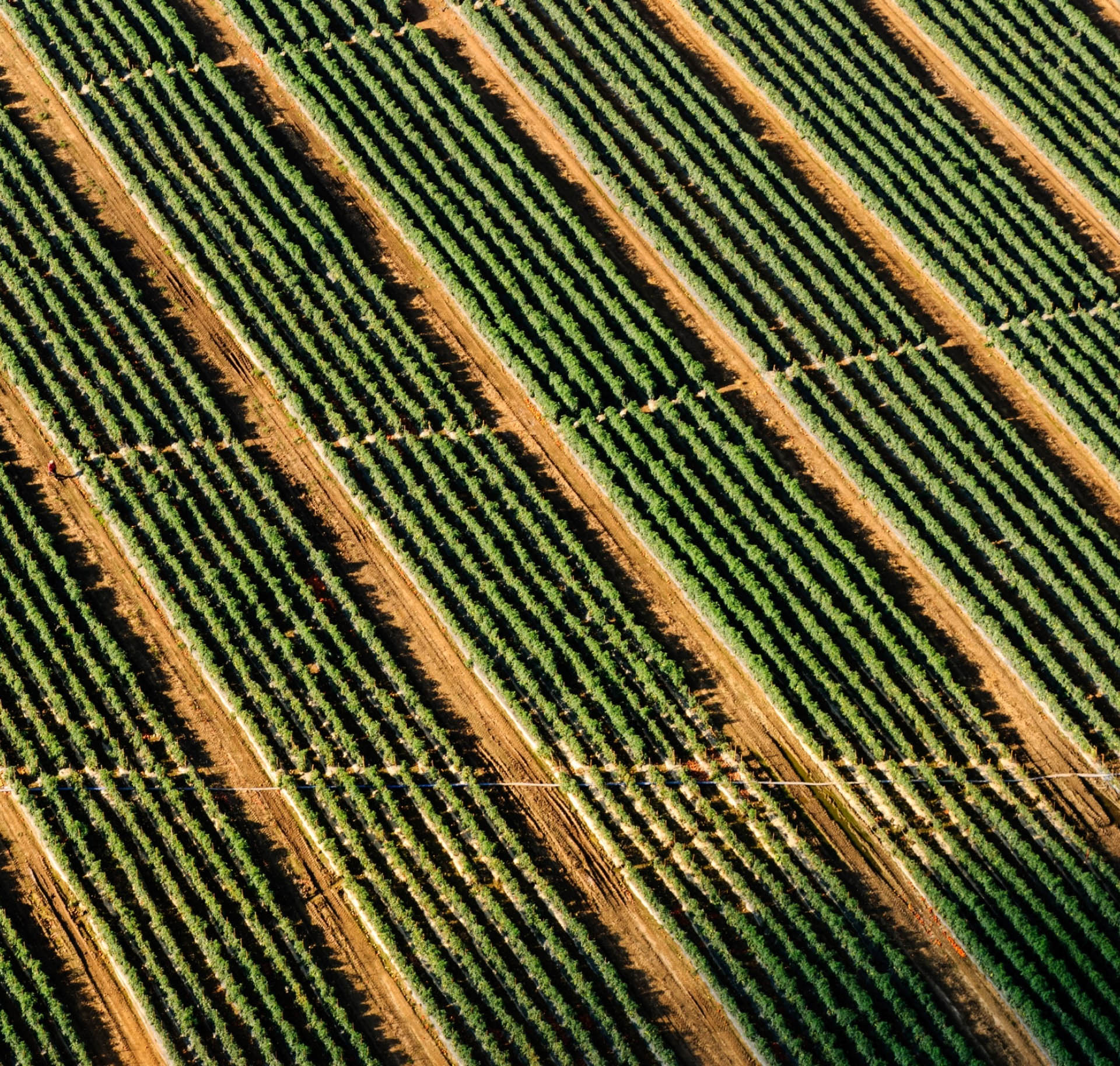
Depositions
EO-based estimates of soil moisture, vegetation variables, and deposition fluxes of ozone and nitrogen for precision agriculture applications.
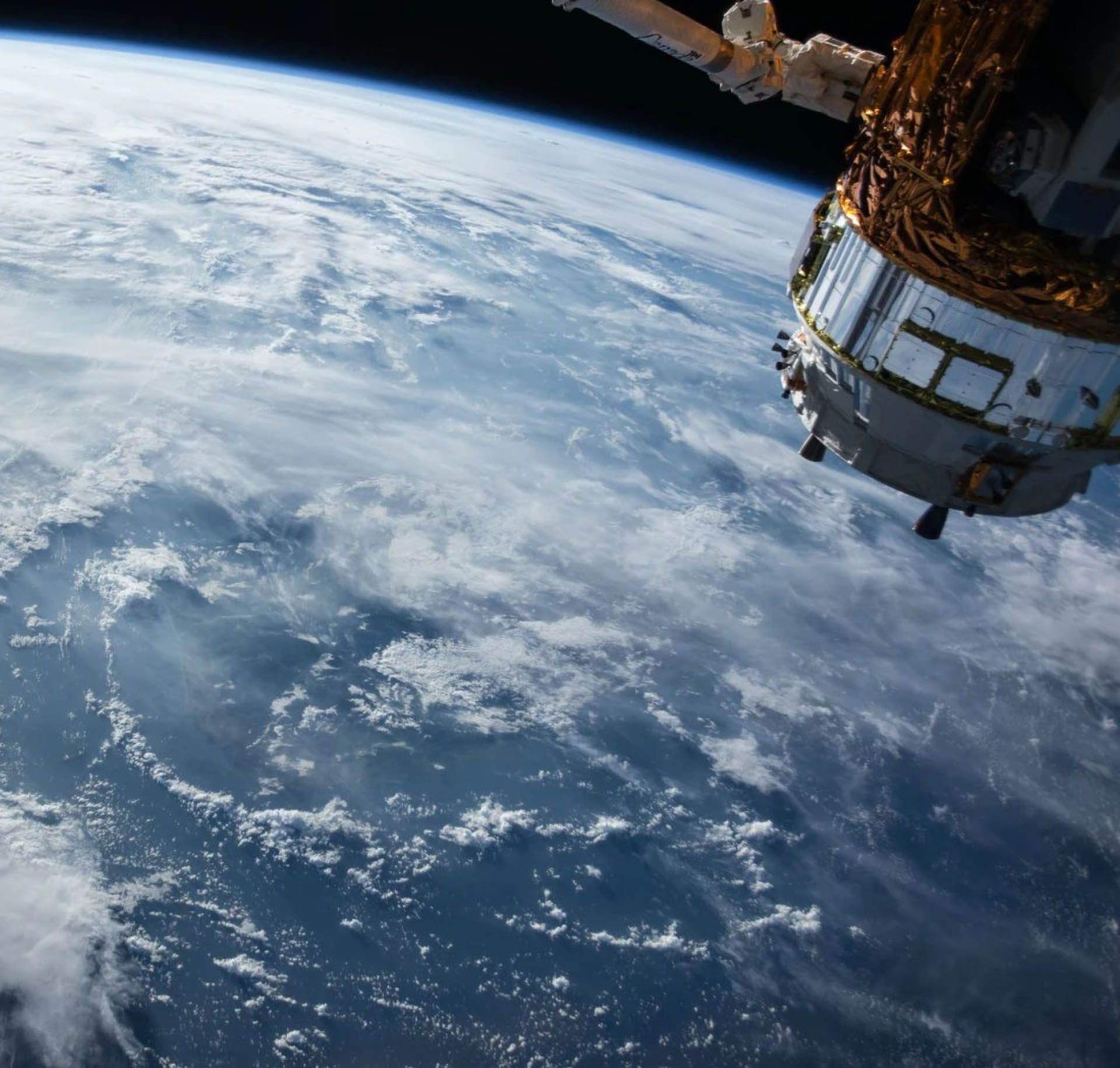
Algorithms
SEEDS develops an advanced data assimilation algorithm (4DEnVar) to prepare the way for better exploitation of the hourly data from Sentinel 4.

Use cases
SEEDS will demonstrate the capabilities of use of its new products and methods, both in downstream applications and directly as proposed improvement of the CAMS services.

